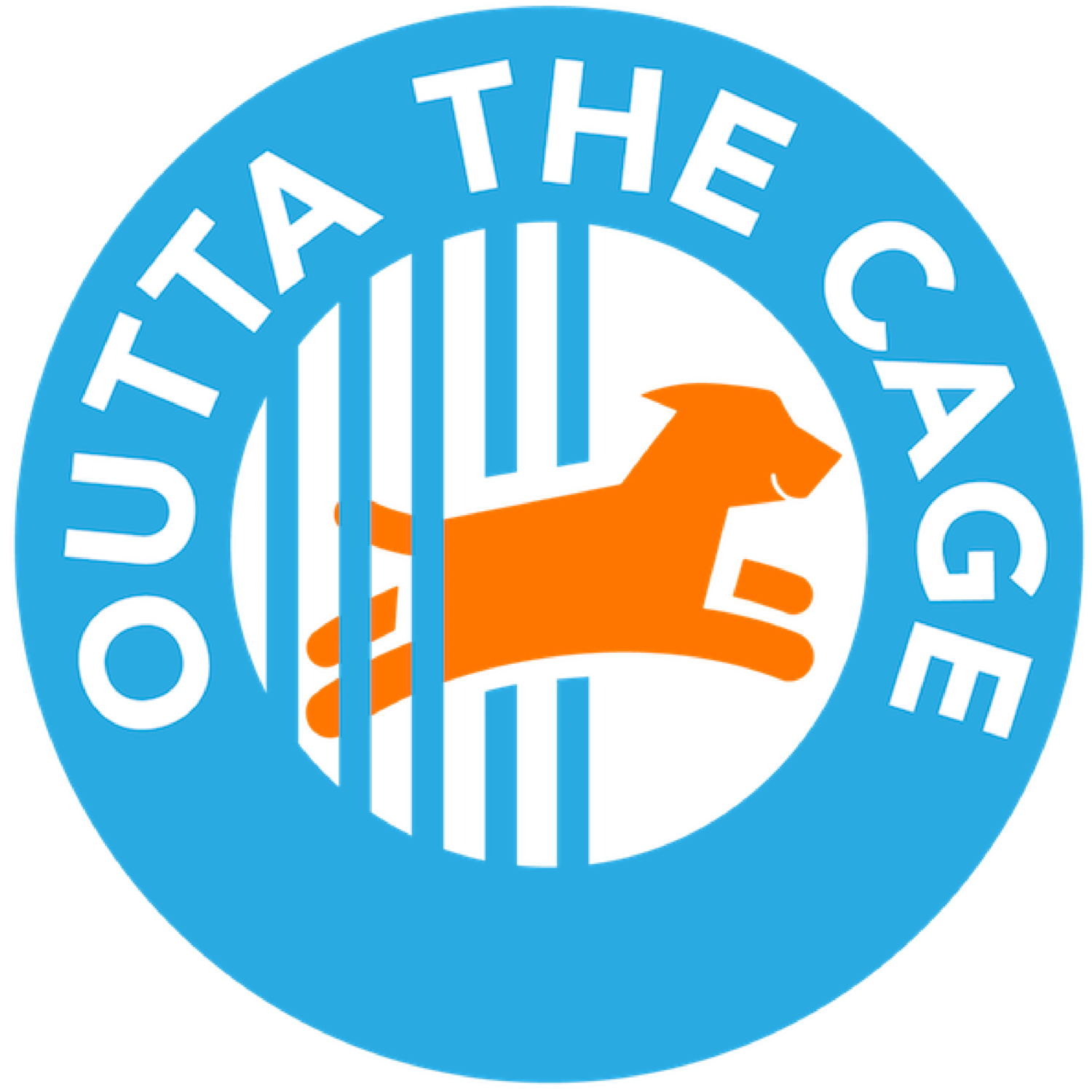Not all board-and-train facilities are equal
In which Jill breaks down “board and train” so you know which type is right for your dog.
The neighborhood north of Los Angeles is industrial, populated as it is with machine shops, autobody services, and unspecified hauling companies. On windless days, the air is thick with exhaust. Truck drivers and day laborers gather around corner food carts like hungry birds.
At the end of a cluttered cul-de-sac sits a squat building, wrought iron bars hiding the windows. No signage distinguishes the place, which seems to have had a purpose at one time but has since been forgotten, like the soiled t-shirts and empty Clorox bottles that litter its front sidewalk. One might assume it had long been abandoned, if not for the howls of dogs echoing from deep within.
Until a few years ago, the building was an infamous board and train facility, operated by a woman—I’ll call her Annie—who meant well, but who ultimately got in over her head. On my only visit there, the stench of dog feces greeted me before Annie did. Shiny bathroom tiles covered the floors—cold and slippery but quick to hose down. Annie didn’t have much help. The dogs were the property of various rescue groups and cost-conscious pet owners. If these owners didn’t visit, the dogs would linger in their tiled kennels, under-stimulated and sad.
I remember talking to a trainer friend about the facility. We were working to help a young German Shepherd who was listed for euthanasia at a local shelter. No fosters had stepped up, and we needed to house the dog until my friend could begin working with him.
“What about Annie’s?” asked my friend.
“I can’t put him at Annie’s,” I said flatly.
“It’s better than death!” my friend responded.
I had to wonder.
There are 4 categories of board and train.
Board and train refers to a service that keeps domestic animals temporarily for owners, rescues, or even overflowing shelters. Not all board-and-train facilities are equal. In my years of animal rescue, I’ve dealt with many, and they fall within one of the following four categories.
1. Bare-bones boarding.
The most cost-effective option, “bare bones” board and train puts more emphasis on “board,” though some might provide rudimentary training for an additional fee. These facilities are staffed by part-time workers who often have minimal experience working with dogs. Indeed the focus here is more on operations—taking animals in, keeping the kennels tidy, and maintaining the grounds—than on the animals themselves.
Most bare-bones facilities are nevertheless clean and well-run. Many can be found where land is cheap, and might have hiking trails, large play yards or even agility courses for dogs, providing them with activity during their stays.
2. A place to stay, a place to play.
The majority of board-and-train facilities have structured schedules that include rest, meal times, and regular exercise. The “train” in this category primarily involves leash walks, where leash manners are enforced, as well as basic behavior practices like sit/stay/wait/place work. Some of these facilities offer play groups in large yards or spaces. Others might challenge dogs with food puzzles, snuffle mats, or other forms of enrichment.
3. Luxury plus.
Increasingly, pet owners are demanding a care standard that didn’t exist a decade ago. This class of board and train offers large indoor/outdoor kennels, some with private play yards. Dogs might live in climate-controlled rooms, sleep on human beds with memory foam mattresses and televisions tuned in to the pup’s favorite channel. Private cameras allow owners to remotely monitor their pets, and in-house groomers use top-of-the-line products. Some facilities include retail stores where owners can shop before or after their pets’ stay. Others offer excursions to hiking trails or to the beach.
Likewise, in-house trainers consult with owners to tailor training protocols for each pet. Pets often receive more than one training session per day, and training sessions can continue beyond the pet’s stay. Trainers might have formal credentials.
4. The specialists.
Many certified behaviorists offer full-service training from their private facilities or even their homes. These professionals place less emphasis on opulent digs, focusing instead on specific behavior issues like animal socialization or aggression. Some of these organizations even market themselves as a “last resort” for pets needing help. Others focus on specific breed types, tailoring work toward the dog’s natural tendencies (like agility and livestock work for herding breeds or search and rescue for hounds).
A bona fide behaviorist recognizes the necessary collaboration between human and animal, and will often take pictures and videos to demonstrate progress. Many are active on social media sites, sharing training tips and best practices. Some work with rescue organizations to smooth out a dog’s rough edges before they go to their forever home. Most invite owners to participate in the training, making themselves available for additional sessions as needed.
What to look for. What to ask.
Regardless of what type of board-and-train facility is the right fit for you and your dog, ANY good board and train should be happy to have a conversation with prospective clients to review their philosophies and describe their protocols. Every board-and-train facility should have a clear answer to the question: “What would a typical day look like for my dog?”
Look for websites with photographs of the facility and request an in-person tour. If training is a priority, ask to speak to the trainer who will be working with your dog. Examine review sites like Yelp, where owners might be praising or criticizing a particular facility.
The good news is that there is more transparency than ever in the board-and-train world. As pet owners return to their offices and begin considering vacations again, making sure your pets are safe and cared for while they’re away from you will let both you and your pet rest easy!

